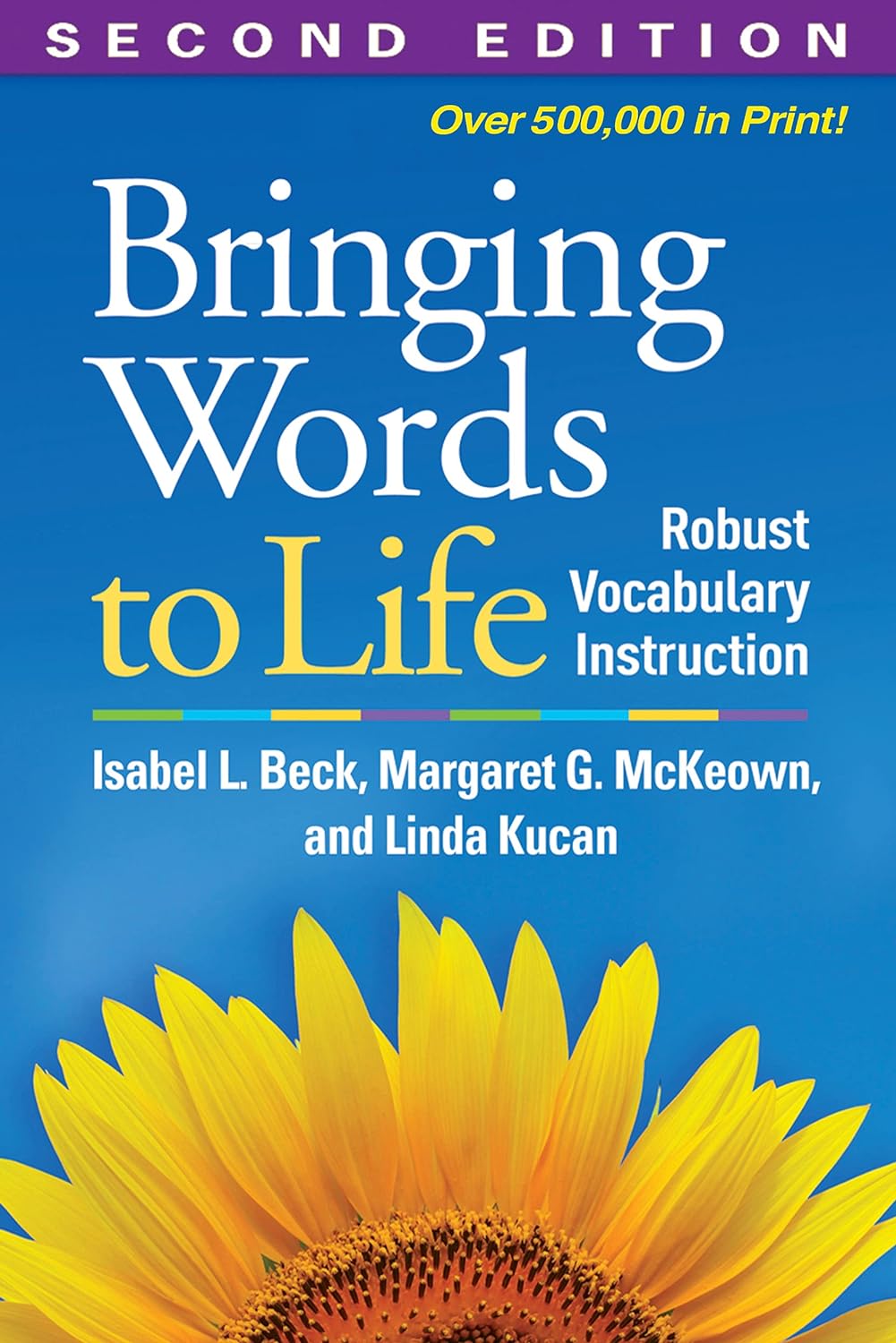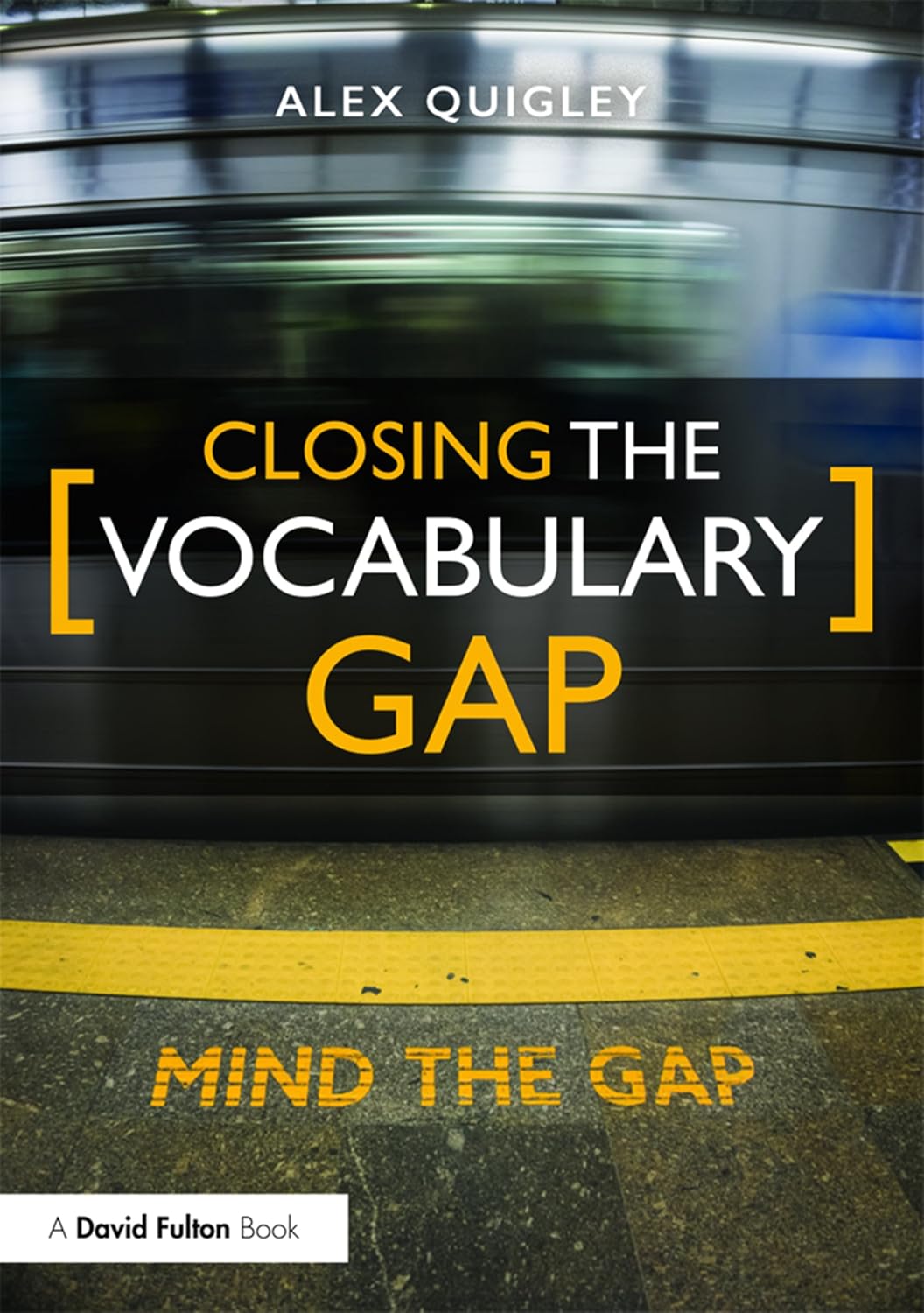The Three Tier approach to vocabulary development
Farzana Iqbal looks back at a lightbulb moment that changed the way she taught and transformed the way her students learned.
Shocking discovery
Some time ago I was taking a look at the link between vocabulary and reading comprehension when I was appointed the Reading Leader in my school. I was astonished to learn that in order to effectively comprehend a text, children need to be able to understand 95% or more of the words. I shared this statistic with my colleagues, who were equally shocked. If this is right, the implications were as important as they are obvious. We had predicted the percentage to be around 50-75%. Without making sure that children constantly extend their vocabulary they will struggle to learn effectively as texts get harder. Put like that, it seems obvious, but we realised that we were not giving vocabulary acquisition the attention that it needed.
Finding a solution
But that statistic really brought things into focus. I had often watched many children, especially those who use English as an Alternative Language, struggling to get their point across due to a lack of vocabulary. I empathised with them: as an EAL learner myself I have faced similar issues and as I thought about the situation more deeply, I realised that some of the strategies that have supported me in developing my own vocabulary might be applicable to my teaching.

 It was one of the most important developments in my professional career. Books like Isabel Beck’s Bringing Words to Life and Alex Quigley’s Closing the Vocabulary Gap have not only provided me with clear strategies for teaching vocabulary but also reminded me what a life-changing impact we as teachers would have, if we were able to support children with developing their vocabulary.
It was one of the most important developments in my professional career. Books like Isabel Beck’s Bringing Words to Life and Alex Quigley’s Closing the Vocabulary Gap have not only provided me with clear strategies for teaching vocabulary but also reminded me what a life-changing impact we as teachers would have, if we were able to support children with developing their vocabulary.
By recognising the importance of vocabulary development and specifically planning to address ‘vocabulary gaps’ therefore enabling children to leave the classroom ‘word rich’, we can begin to support a child’s cognitive development in a special, powerful way. Although most of our vocabulary is learned incidentally through reading, the evidence of my own experience as well as the research I have looked at, has convinced me that children benefit from the explicit teaching of vocabulary.
Isabel Beck’s ‘Three Tier’ approach
When teaching vocabulary, one of the challenges my colleagues and I have faced is knowing where to begin, as many children are already experiencing huge gaps in their vocabulary. That’s where I have found reading around the subject really useful. In her influential book: Bringing words to life, Isobel Beck et al. provide clear guidance to help overcome this challenge, suggesting that vocabulary can be divided into three tiers.
Tier One consists of ‘every day’ words which can be learned through daily interactions; Tier Two words appear across the school curriculum and are not typically found in everyday language and Tier Three words, are subject-specific.
Beck and her colleagues argue that our focus should be on Tier Two words – Beck sees these as high utility words, and therefore focussing on Tier Two words is likely to have the most positive impact on a child’s learning.
Tier 2 are words which are of high utility for mature language users and are found across a variety of domains, e.g. precede, auspicious, retrospect. As these words are characteristic of written text, and used more rarely in conversation, students are less likely to learn the words independently. This is why the writers recommend instruction directed towards Tier 2 words as being the most productive approach, with an aim of teaching around 400 new words per year.
Eight tips for teaching vocabulary
Here are some strategies which I have used in my classroom as I have put this approach into practice:
- Being a role model and ensuring that throughout teaching and learning activities I am sharing, discussing, and encouraging children to use a range of vocabulary, with a conscious focus on Tier Two words.
- Creating interactive visual displays and discussing key vocabulary in the classroom, often with translations for the main languages spoken in the classroom. This can be achieved using tools such as ‘Widget’ (www.widgitonline.com).
- Collecting words from reading. At the start of a school year, I give children a ‘Magpie Book’ in which they collect words and phrases alongside a child friendly definition, which I encourage them to create themselves rather than copied from a dictionary.
- Pre teaching vocabulary: before sharing most texts, I ensure difficult terms are discussed prior to reading, to ensure children are able to comprehend the text without the need to constantly stop the flow of reading to discuss words. They can also see how a new word is used in context
- Having a multi-sensory approach to vocabulary teaching. When sharing new vocabulary particularly with younger children I often use images, actions and share any multiple meanings of words (for example words like mirror, bark and swing have a range of meanings and require some discussion) and include use of the words in sentences.
- Providing multiple exposures to words. There are various studies that suggest children need a number of exposures in different contexts for a word to become part of their long-term memory. One way in which I have done this is through the Kagan approaches of ‘Quiz Quiz Trade’ and Stand Up Hand Up Pair Up (SHUPU). There are several videos on You Tube which illustrate these strategies. Children are each given a card with a previously taught word. Sometimes this card includes a definition. They pair up and take turns to ask each other meanings of the words used in a sentence etc. After this the cards are swapped and children find a new partner, within a few minutes they are able to share and discuss a new range of vocabulary.
7. Another way is to have a simple ‘word jar’ in the classroom and whenever we have a few minutes during registration, after a lesson or end of the day children take turns to pull out a word from the jar and try to give a definition and use in own sentence.
8. Finally, and perhaps most surprisingly, focusing on the origins of a word (its etymology) and how it is constructed (its morphology) are both powerful ways of encouraging the use of words with real understanding.
One last thought
‘Without grammar very little can be conveyed, without vocabulary nothing can be conveyed’. (Wilkins 1972:111)
We all need words in order to communicate and express ourselves. By supporting children with their vocabulary development so much else follows; improvement in their oracy skills and a deeper understanding of the academic talk and texts which will ultimately lead students to achieve far more than they would without a specific focus on vocabulary acquisition.
 Farzana Iqbal is a primary teacher from Manchester, England, currently teaching in Doha, Qatar. She has a Master’s in Education specialising in reading and a true passion for supporting vocabulary development.
Farzana Iqbal is a primary teacher from Manchester, England, currently teaching in Doha, Qatar. She has a Master’s in Education specialising in reading and a true passion for supporting vocabulary development.
Feature Image: Canva on Pixabay

